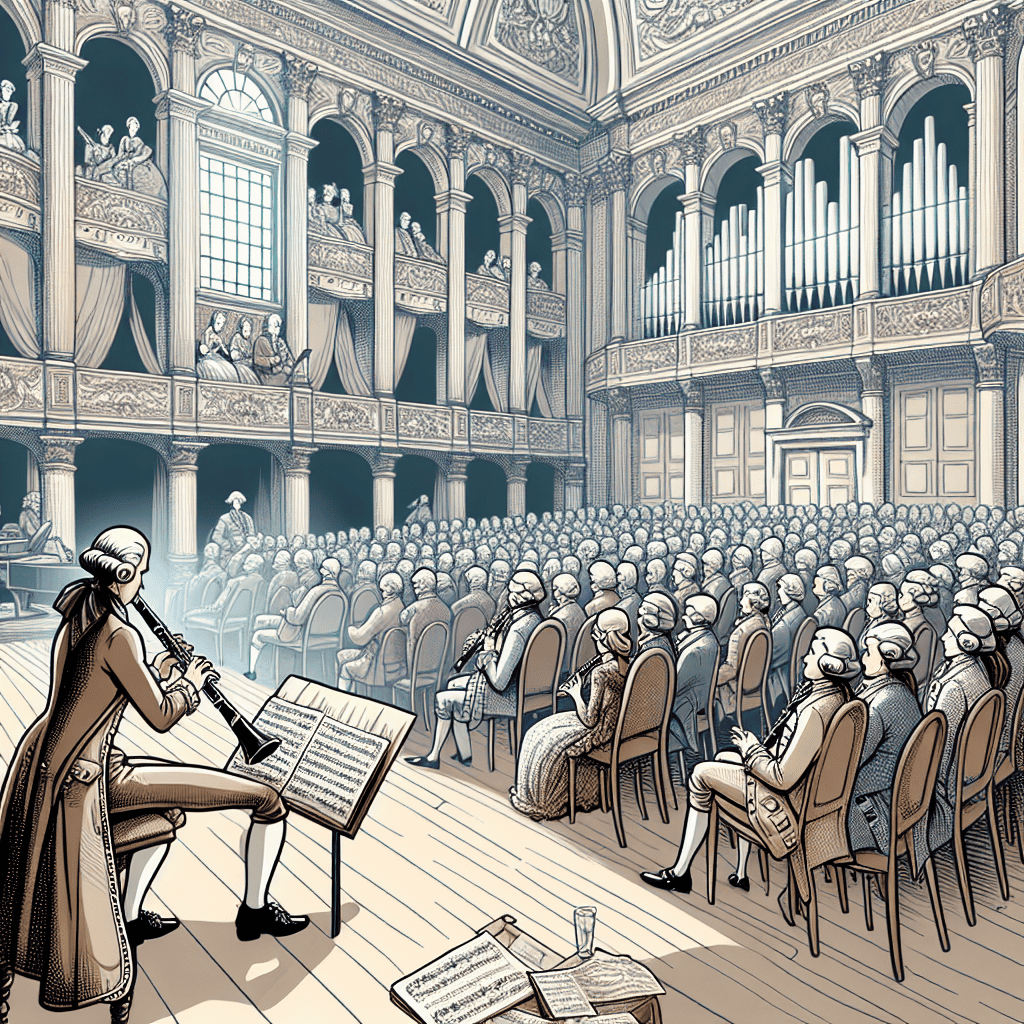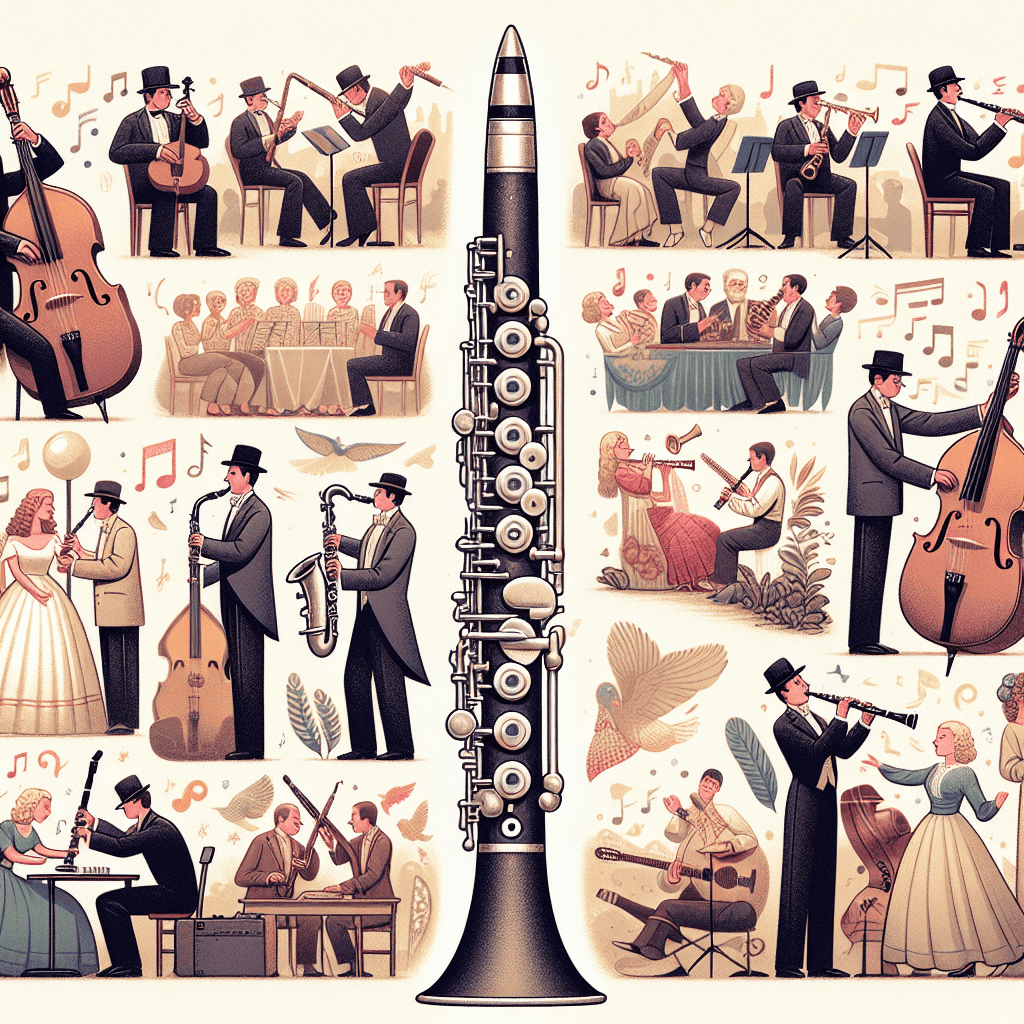Who knew the clarinet could be so adventurous? While most folks are familiar with classical and jazz settings, there's an edgy side to this versatile woodwind: avant-garde music. Fusing traditional techniques with innovative approaches, avant-garde clarinet compositions inspire musicians to explore new sonic territories.
The focus keyword here is clarinet in avant-garde music facts. So, let's explore the fascinating aspects of this genre!
The Rise of Avant-Garde Clarinet
Ever wondered how the clarinet found its way into avant-garde music? It all started in the early 20th century when composers began experimenting with unconventional sounds and structures. These bold thinkers wanted to break away from the rigid norms of classical composition. Names like Igor Stravinsky, who pushed musical boundaries, greatly influenced this movement.
Extended Techniques in Avant-Garde Clarinet
Avant-garde music often includes extended techniques. One moment, the clarinet might produce hauntingly beautiful melodies; the next, it could mimic electronic beats. Picture using key clicks, multiphonics, or even wind tones to create captivating soundscapes. In this context, the clarinet becomes more than an instrument—it's a sonic canvas.
| Technique | Description | Effect |
|---|---|---|
| Key Clicks | Clicking the keys without blowing | Percussive sound |
| Multiphonics | Playing multiple notes simultaneously | Complex, layered tones |
| Wind Tones | Blowing across the mouthpiece | Airy, whisper-like sounds |
Notable Avant-Garde Clarinet Works
Let's spotlight some key avant-garde clarinet works. One standout piece is “Sequenza IX” by Luciano Berio. This work challenges the player with rapid-fire passages and extreme dynamic contrasts. Then, there's Yannis Xenakis's “Charisma,” which requires the clarinetist to syncopate rhythms against dissonant pitches. These pieces are truly exhilarating!
The Theatrical Side of Avant-Garde Performance
Playing avant-garde music goes beyond the notes on the page. It's about creating an experience. Sometimes clarinetists use gestures or move across the stage as part of the composition. This isn't about sitting in the back row playing scales; it's about connecting with your audience in new and unexpected ways.
Mastering Avant-Garde Clarinet Skills
Learning to play avant-garde clarinet music is challenging. Intonation, breath control, and finger dexterity are essential. You'll also need to develop an ear for microtonal nuances. This means training yourself to hear pitches that fall outside the standard 12-tone scale. It's tricky, but the reward is in the unique sounds you create.
Emerging Composers and New Directions
The avant-garde clarinet scene is always changing. Today's composers continue to redefine what's possible with the instrument. From electronic music infusion to multimedia collaborations, the genre keeps evolving. There are always new, exciting pieces waiting to be discovered and performed.
Instruments for Avant-Garde Music
In avant-garde clarinet music, every detail matters. Some musicians use custom-built clarinets to handle the demanding techniques. Martin Freres, a well-known name in the clarinet industry, has seen their instruments used in avant-garde music projects.
Unique Notation in Avant-Garde Music
Avant-garde music often uses unconventional notation. You might see graphic scores that rely on visual cues instead of traditional notes. It's like learning a new language; you and your audience go on a unique interpretive journey with each performance.
Embracing the Avant-Garde Adventure
The clarinet in avant-garde music offers a wild, liberating experience. Whether you're playing Berio's complex passages or improvising new soundscapes, this genre expands your musical horizons. So, pick up your clarinet and start your avant-garde journey—you'll be amazed at the sonic wonders you discover!
Table of Contents
- The Rise of Avant-Garde Clarinet
- Extended Techniques in Avant-Garde Clarinet
- Notable Avant-Garde Clarinet Works
- The Theatrical Side of Avant-Garde Performance
- Mastering Avant-Garde Clarinet Skills
- Emerging Composers and New Directions
- Instruments for Avant-Garde Music
- Unique Notation in Avant-Garde Music
- Embracing the Avant-Garde Adventure







